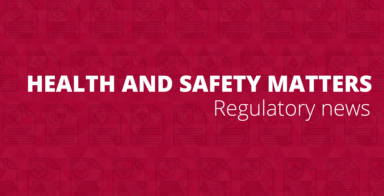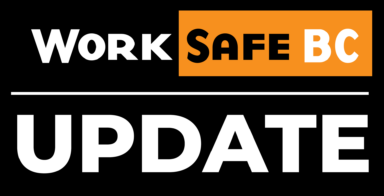Emergency preparedness and the aging population: Addressing the unique needs of older adults
Emergencies such as floods, wildfires, power outages, and severe weather can occur without warning. Older adults are often the most vulnerable during these events because of health, mobility, and cognitive challenges. For workers in long-term...







